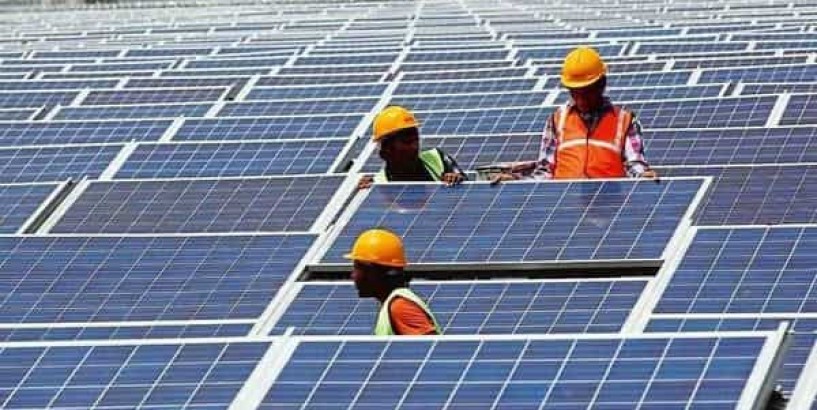The nearly two-month-long lockdown has drastically cut pollution levels in India and influenced local weather, thereby improving solar radiation and wind patterns, bringing cheer to solar and wind energy developers.
While this has helped improve electricity generation, it comes at a time when the lockdown has led to a drop in the country’s power demand. The lockdown, one of the world’s strictest, has now been extended till 31 May although many restrictions have been eased.
“The lockdown has had a positive impact on renewable power generation. We are seeing an over 5-10% improvement in generation in solar, based on the location of the plant. On wind, we are seeing a short-term improvement in generation, but one would need more analysis in the longer term to evaluate the positive impact," said Tejpreet S. Chopra, chief executive, BLP Group, a renewable energy generation and technology company.
Given that the financial and technical modelling of such projects depend on past weather data, the changing meteorological and weather variations have been negatively impacting India’s green energy generation. This is a challenge as the revenue model of solar projects is solely dependent on the radiation levels received.
India seeks to produce 100 gigawatts (GW) from solar projects and 60GW from wind power plants by March 2022. The country now has 33GW of solar power and 38GW of wind power.
Some renewable energy producers said that the trend needs to continue to make a meaningful impact on business operations.
“In general, we have been seeing increased generation in the solar plants in north India over the past 2-3 years, especially during late winters. This year, the generation has further improved in the months of April and May due to lesser environmental pollution, owing to the lockdown. However, we must remember that these may be short-term variations and shall not be taken as the forecast for the project life," said Sanjeev Aggarwal, founder and managing director of Amplus, one of India’s largest rooftop solar power producers.
According to the National Aeronautics and Space Administration (Nasa), the aerosol concentration has fallen drastically over north India, bringing clear skies after decades.
The impact is more evident over the Indo-Gangetic region, one of the most polluted and densely populated regions in the world.
Aerosols are particles in the atmosphere around which water droplets tend to condense and form clouds. But, their role is not just limited to cloud formation; these particles also absorb and reflect sunlight in the atmosphere.
“While I would agree that reduced pollution and aerosol in the atmosphere has provided better radiation for solar and, therefore, enhanced generation, on the other hand, it may also be observed that more cloud cover in the past three months, in some cases, has undone the extra generation which one would have got. You have seen unprecedented lower temperatures in the northern belt at this time of the year," said Sunil Jain, chief executive officer, Hero Future Energies Pvt. Ltd.
Sanjay Aggarwal, managing director of Fortum India Pvt. Ltd, said that though pollution levels have come down, “trying to decipher change in weather pattern and their impact on renewables with so limited data is akin to reading the tea leaves."
“One needs to evaluate at least three-year data to really figure out if long-term structural changes have happened as there is wide variability and it gets harmonized as we get more data," he said.
Fortum is one of the largest nuclear and hydropower generators in Europe and Russia.
Due to climate change, rainfall patterns and warming are changing, along with the changes in the wind regime, leading to variability in wind-speeds.
“For wind, the pattern looks better but too early to predict as Indian wind season starts from May. Winds are linked to our monsoon pattern and, therefore, we will have to wait and watch. But the early indicators are positive for wind also. Internationally, offshore wind patterns are far more encouraging," said Jain.
The improvements in solar and wind power come at a time when India’s renewable energy companies are facing headwinds.
“There are 37GW of solar and wind projects currently in the pipeline. Excluding 3GW capacity in the manufacturing-linked tender, the remaining 34GW is due for completion in the next two years. But we expect only 24GW to be added in this period in view of the various operational and financing challenges," consulting firm Bridge to India wrote in a report. “Our revised renewable capacity estimate for March 2022 is 116GW, including rooftop solar and open access projects."









